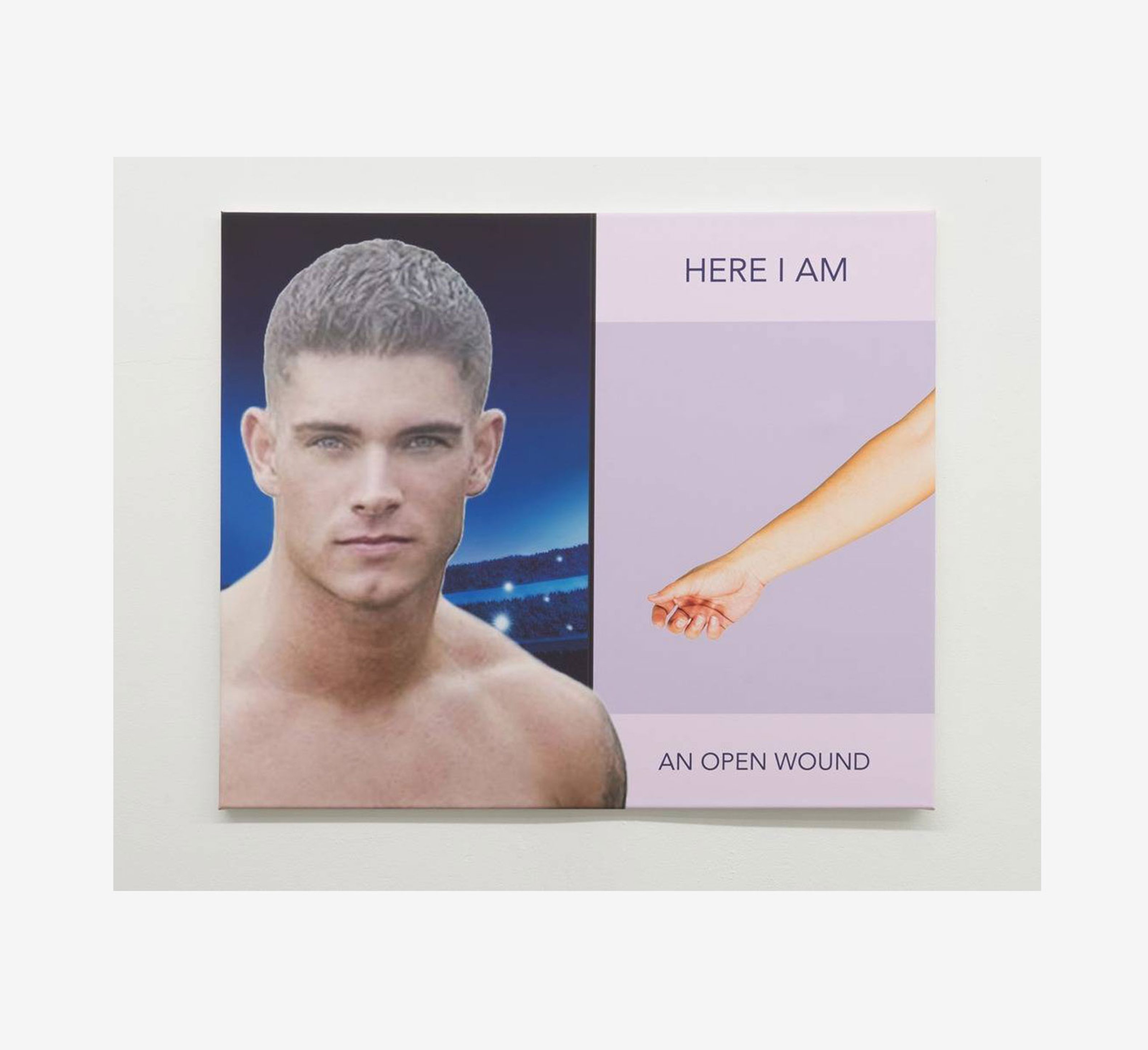As part of NADA’s New York Gallery Open, some of New York’s most celebrated galleries talk to Collecteurs about the current cultural landscape and why community is the key to the vitality of the overall arts ecosystem. Here we speak to the Director of Shoot the Lobster, Ebony L. Haynes.
Follow Shoot the Lobster on Collecteurs and view the most recent exhibitions
C: When was the gallery launched? And how did it get started?
Ebony L. Haynes: Jose Martos, the owner of Martos Gallery, began Shoot The Lobster (STL) in 2012 as a project space in the back room of Martos Gallery. Conceived of as a space for experimentation and a breath of fresh air in the midst of larger galleries, STL would be a space for maximum flexibility.
C: You were previously housed inside of another gallery space in Chelsea – what prompted the move out on your own, and why to LES?
EH: After two years of dynamic programming, we wanted to expand STL into its own outpost. It became difficult to run an experimental gallery when we were still umbrellaed by a “traditional” space. Moving to the Lower East Side neighborhood also allowed us to be in conversation with a like-minded community who were invested in showing younger artists or were artist-run galleries. And in September of 2017, I started STL Los Angeles.
C: Local support systems seem to be the key to success in the current cultural landscape. We’d love to know more about any current support systems you have in your neighborhood.
EH: Support systems are key to any thriving community or business. We’re lucky to be bracketed by several incredibly diverse neighborhoods such as Chinatown and the Lower East Side. Our support of local businesses is a vital resource for STL.
In a greater art context, platforms like NADA make it easier for smaller galleries to communicate, share resources and be supportive of each others program.

C: As consumption of culture shifts more and more online. What creative ways are you exploring to continue to be relevant? What part does the community play in this?
EH: There is no denying the shift of culture to being online and the accessibility that accompanies it. However, it also means that we’re increasingly mediated by algorithms and large companies and in less control over our daily experiences.
STL doesn’t feel pressure to drastically shift our program to be aligned with this movement. Our relevance will be reflected through our program and the ideas our artists (who are our first community) are impacted by and therefore proposing to the world.
Our current exhibition at STL NY is a perfect example. On view are four paintings by artist duo FLAME, which is comprised of artists Taslima Ahmed and Manual Gnam. The paintings individually and collectively function as a proposition for the viewer to consider themselves within the coded languages of advertising and under the influence of technology. One of my favorite works from the show is (Untitled) Cave Painting, as it juxtaposes an indecipherable conversation between two rogue Facebook robots Bob and Alice (who were subsequently shut down after they developed their own language) with imagery from ancient cave paintings. When these forms of communication were discovered it served as a marker of higher intelligence for humans and now robots but will continue to be studied for decades. Within this one canvas is a painting that pulls from two seemingly disparate sources and completely collapses the time in between them.
Working with artists that are considering and commenting on their culture and the world around them is how we can best continue to play along in a rapidly shifting digital space.
C: It’s becoming increasingly challenging to drive steady foot traffic into gallery spaces. What brings your gallery visitors?
EH: I think visitors and foot traffic has always been a challenge for galleries. We work with incredible artists and take the job of presenting them and their work in its best light seriously. More importantly, we’re inspired and want to share the ideas within the work with as many people as possible. In spite of an increasing shift to digital platforms, I think people still and will always crave the intimacy of being up close with an artwork.
For STL in particular, I think our regular visitors come back because our programming is always shifting and unexpected. STL has shared the work of many artists from diverse backgrounds and in different moments in their careers via traditional exhibitions, one night events, music shows, and fundraisers.
For first time visitors, our rich neighborhood of galleries, restaurants, and venues help bring traffic. A relatively large inviting front window also helps.
C: Tell us a little bit about your program.
EH: Our program at its core is about supporting artists and projects that may not be seen in what some might consider a more “traditional gallery space.” We have been fortunate enough to have opened STL in Los Angeles in 2017 as well as do shows in offsite locations such as Chicago, Luxembourg, Miami, Milwaukee, and Toronto.
C: So many of the gallery spaces have interesting “past lives.” Does yours have one?
EH: STL NY was formerly a fish market!
Photography: Kayode Ojo
Artwork: FLAME Here I Am – An Open Wound, 2019